Slow design trend – the new movement that focuses on the creative process behind your furniture
Experts are in love with slow design – a trend that celebrates furniture long before it enters your home

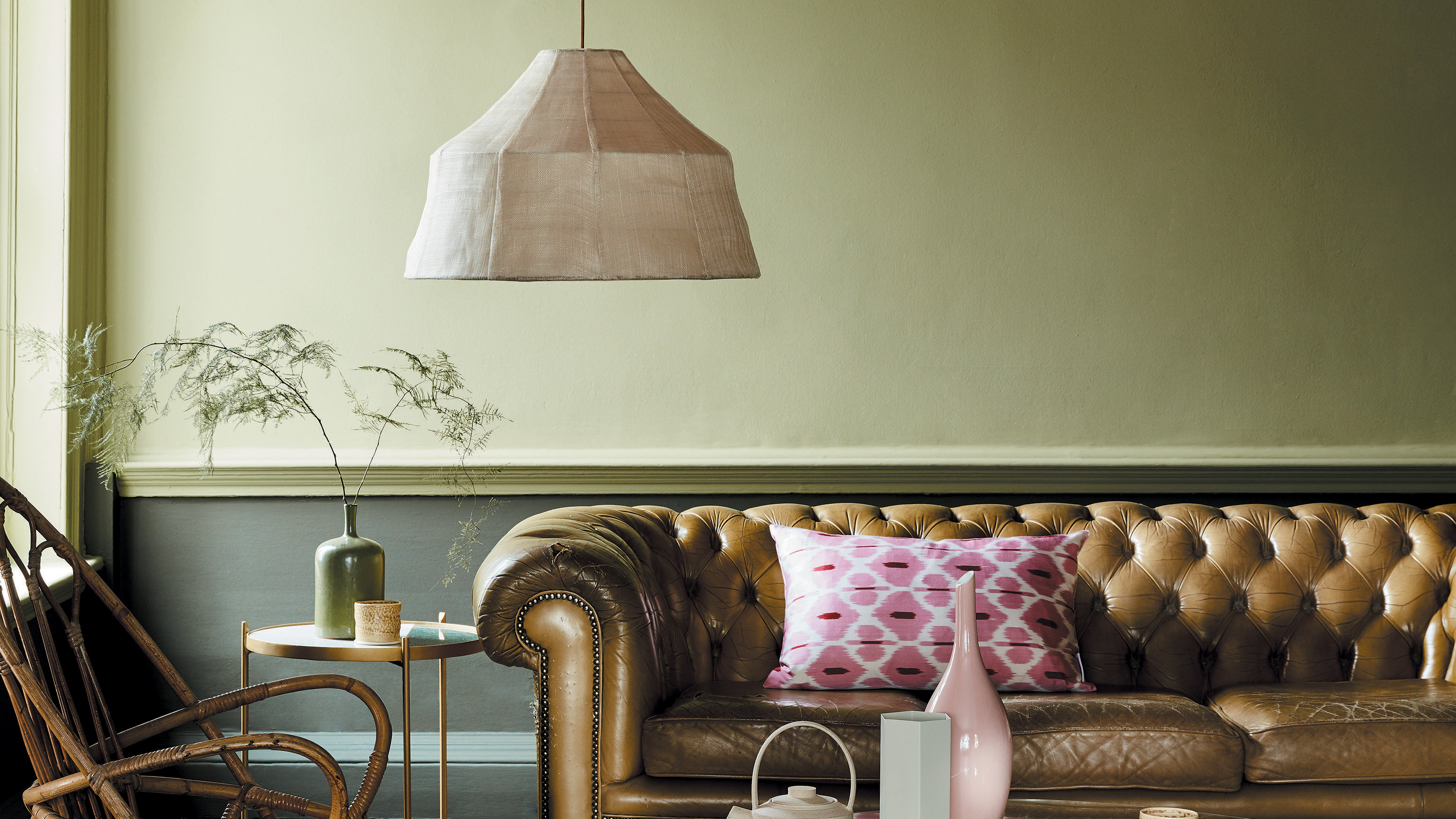
While it may seem that aspect of life is getting faster, things are quite the opposite in the design industry.
The most sustainable interior design trend of 2022 (so far) has revealed itself in the form of 'slow design.' However, in this case, it may seem unfair to label the movement as a 'trend'.
Instead, it celebrates time: the lengthy amount of time it takes to create artisan furnishings – and the long time they will spend in our homes. So, while slow design is trending, these pieces are far from fleeting.
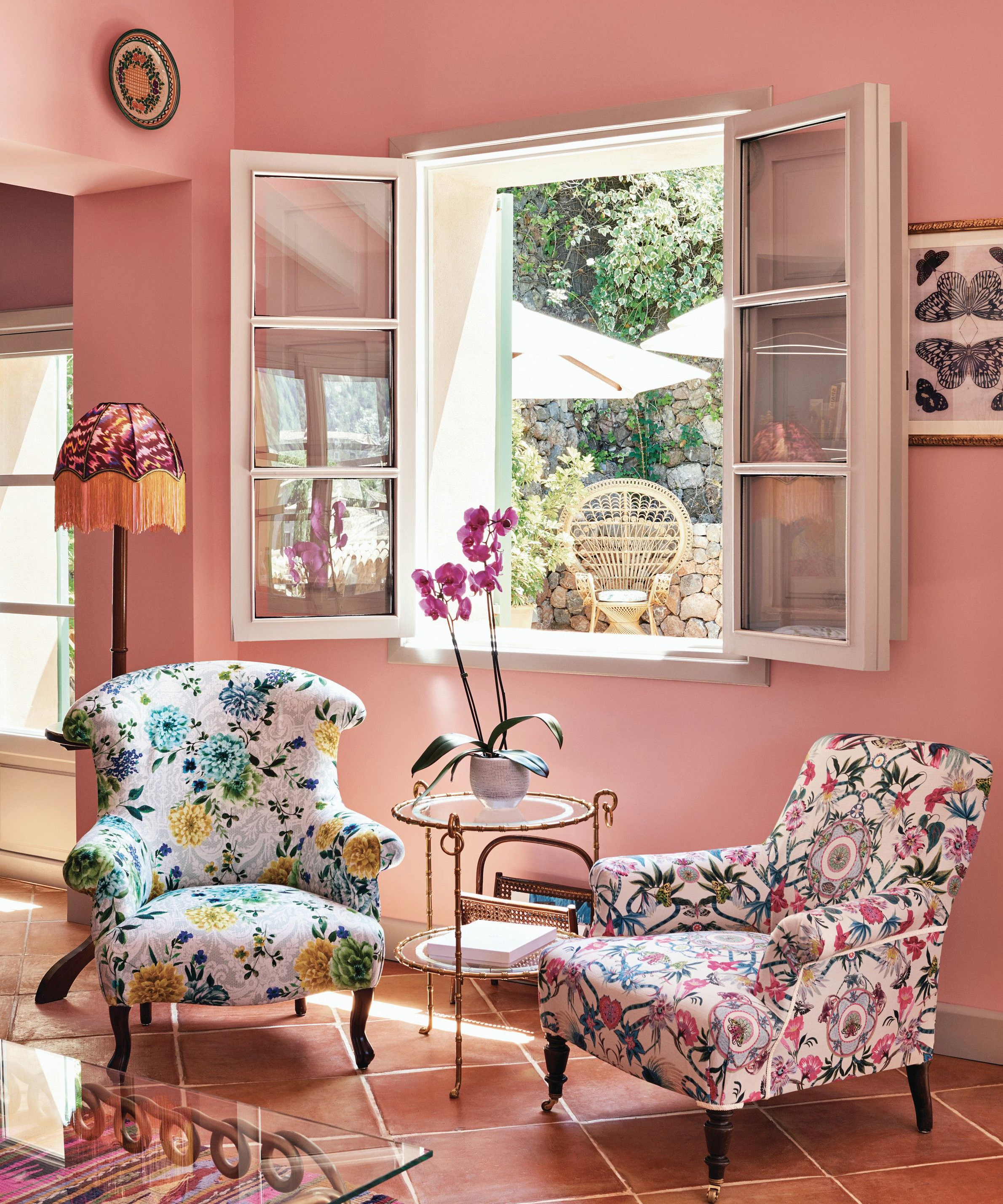
Artisan designers worldwide are already embracing the movement – while its aesthetic is making waves on social media. But what does slow design involve? And how can you show support? Here, those at the peak of the artisan world share their interior design tips to get you started.
What is slow design?
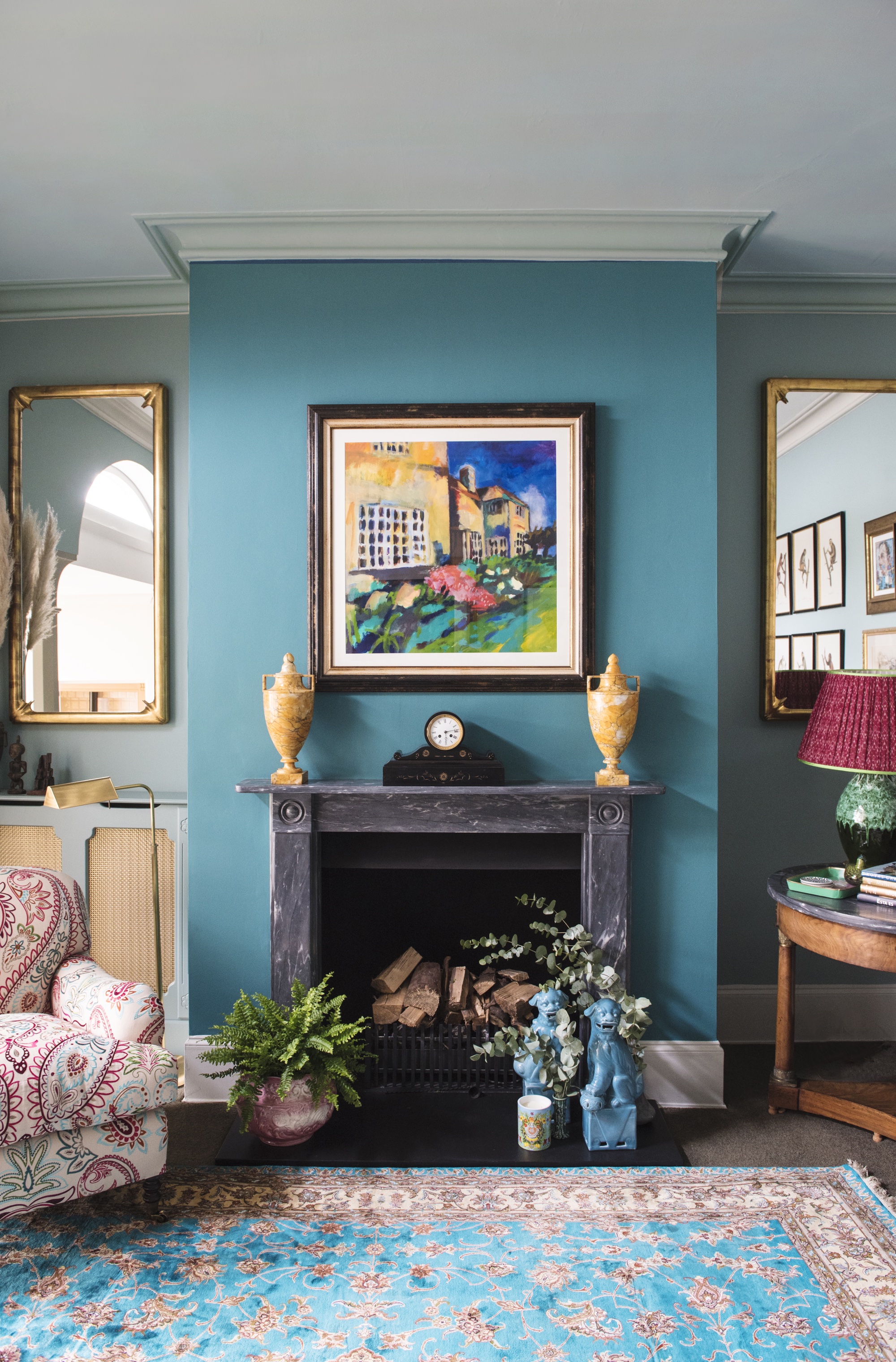
Slow design is a celebration of taking your time. It is the interiors equivalent to the anti-fast fashion movement that is taking a stance against mass-produced garments – only these pieces stretch beyond your closet. The movement recognizes the creative process behind a piece – and not only how the finished product looks in your home.
'Slow design is a counter-response to the ever fast-paced lives we all lead,' explains London-based designer Emma Stevenson.
'Time has become the highest value commodity these days and is everything from self-care to sustainable living. Timelessness is attempting a comeback, and we couldn't be happier.'
Design expertise in your inbox – from inspiring decorating ideas and beautiful celebrity homes to practical gardening advice and shopping round-ups.
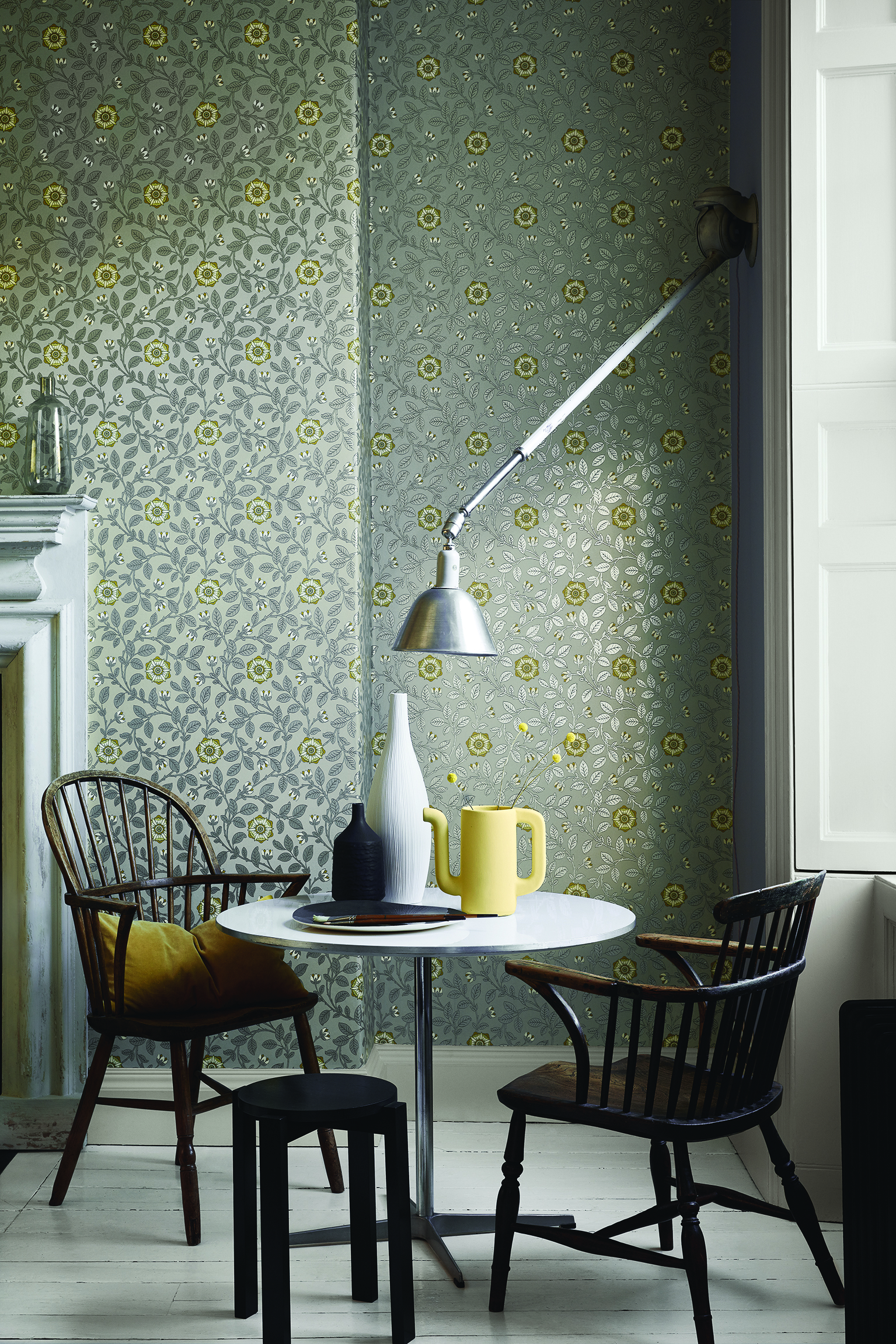
As timelessness attempts its comeback, the designer suggests investing in pieces that 'resonate' with you (and will not fall to pieces).
'Championing longevity and quality over speed and quantity, slow design is created to last, adapt, and ultimately change,' adds interior designer Manea Kella. But how do you know when something is slow-designed? These decorating ideas will help you out.
What qualifies as slow-designed furniture?
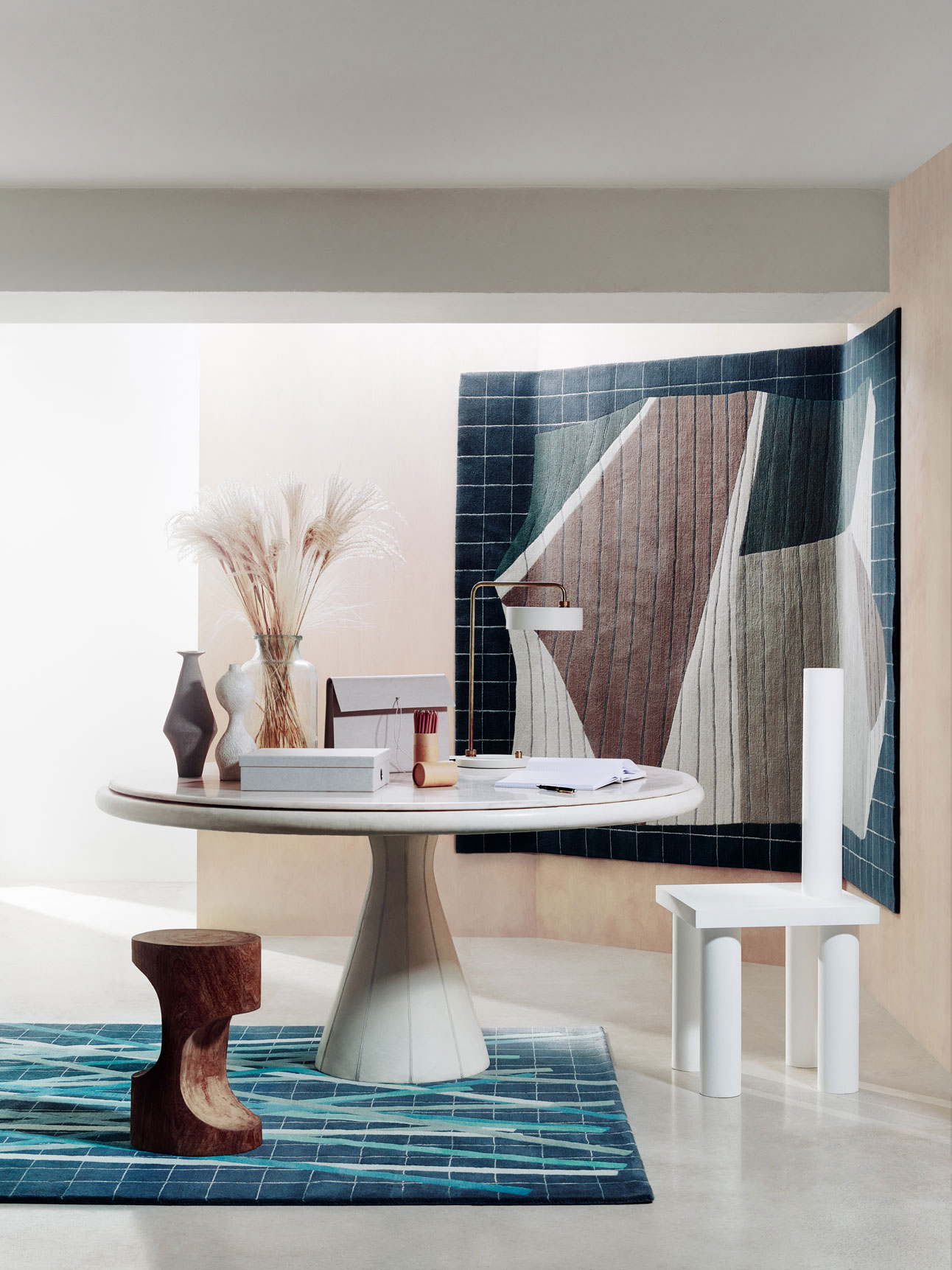
According to Manea Kella, slow-designed pieces are a 'conscientious choice in itself'. They stand 'for cultural awareness' and 'value craft in all its forms.' Therefore, the movement involves multifunctional and long-lasting pieces that will have a place in your home for the future.
For example, fine artist and rug designer Deirdre Dyson is a pioneer in slow design. Lady Deirdre explains that while designers always have to meet deadlines, some furnishings act simultaneously as artworks. These designs take the longest.

Before Deirdre's pieces make it to your home, they have gone through a slow process that values artisan design.
'For each carpet design, I do a detailed and accurate colored drawing… which is digitized precisely by our Design Technician to create an accurate map for our weavers. This takes a while, as it involves matching colors perfectly and serious attention to detail,' Deirdre explains.
After the design process is complete, it takes her Nepalese craftspeople three months to hand-knot a rug. However, the result is 'a piece of art of quality and durability that can last a lifetime.' And that is exactly what slow design is all about.
This movement isn't going to go anywhere fast, so prepare to enjoy this slow trend for seasons to come.

Megan is the Head of Celebrity Style News at Homes & Gardens, where she leads the celebrity/ news team. She has a history in interior design, travel, and news journalism, having lived and worked in New York, Paris, and, currently, London. Megan has bylines in Livingetc, The Telegraph, and IRK Magazine, and has interviewed the likes of Drew Barrymore, Ayesha Curry, Michelle Keegan, and Tan France, among others. She lives in a London apartment with her antique typewriter and an eclectic espresso cup collection, and dreams of a Kelly Wearstler-designed home.